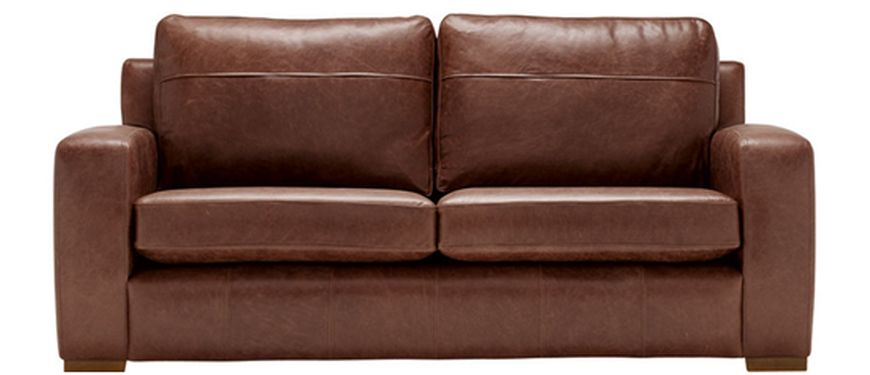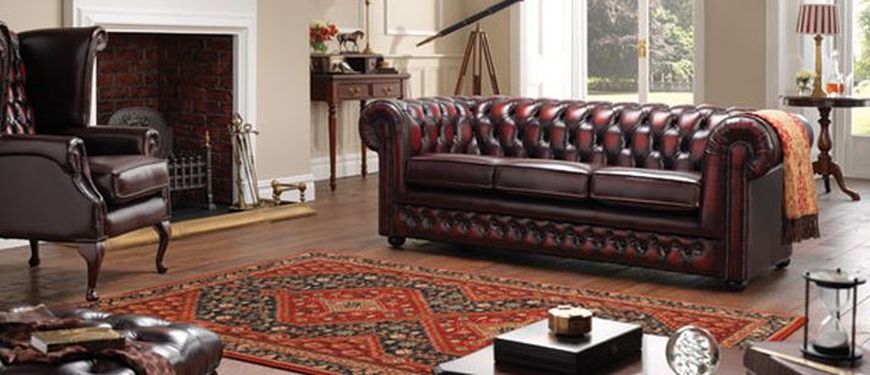To the untrained eye, telling good leather from bad, or more fundamentally real leather from fake, can seem like a daunting task. However, you don’t need to be the Miss Marple of the Leather World (sorry for that mental image). All you need is to look for a few tell tale clues, and you will not go wrong.
So here are our seven handy tips on sorting real leather from faux:
1. Price
Let’s start with the obvious. Real leather is of course much more expensive than imitation synthetic materials. Regardless of the leather type, real leather is always going to cost more than PVC, so if you think you’ve bagged an unbelievable bargain double, check that you’re not buying a fake. Of course, some retailers will happily sell PVC sofas for the price of leather!

2. Read the Label
Again, pretty obvious, but it is important to check all available information that the supplier can offer. Most reputable companies will happily supply a detailed description of the type of leather that they are using. If they don’t, ask.
Leather names and descriptions can change from supplier to supplier. Look out for terms such as nubuck, antique, rub off, saddle, softgrain, suede, aniline, and full grain as indicators of good quality leather.
Unfortunately, less scrupulous suppliers (particularly of imported sofas of indeterminable origin) do exist, so don’t just take a label as proof positive.

3. Get Personal
Pricing and labels can give you a lead, but to be absolutely sure it is genuine leather, you need to get personal. Smell the leather. Feel the leather. Turn a cushion inside out and examine the backing. Leather has characteristics unlike any other material, and even to the uninitiated, the smell, feel and backing are unmistakable indications of authenticity.
4. Smell
Genuine leather has an unmistakeable smell which is like nothing else. In fact, the smell is what draws many people to buy new leather furniture in the first place. Like all scents, it does dull with age, but there should be no mistaking it when the sofa is new. Don’t be shy; get your nose in there!
5. Feel
Real leather is much softer than synthetic imitations and also much more supple and malleable. Push down on the leather and see if it sinks a little. Fake leather is typically very rigid and inflexible.

Chesterfield range from SofaSofa
6. Grain
Look at the grain of the leather. Is it uniform or does the pattern vary? Artificial leathers are printed and therefore have an artificial pattern repeat. There are no imperfections or variations in grain characteristic that you would expect to see in a real leather hide. It should be noted that some real leathers are embossed or ‘corrected’ with a pattern so there will be some uniformity in grain, but you should always be able to spot variations within the leather.
7. Inside Out
There is perhaps no better indicator of whether the material is the genuine article than taking a look at the back. Try and open a cushion casing to examine the backing. It should be similar to coarse suede. If the backing is a woven cloth, then the leather is fake.
So, now that you’ve identified the real from the fake, the next step is working out if the leather is any good…

